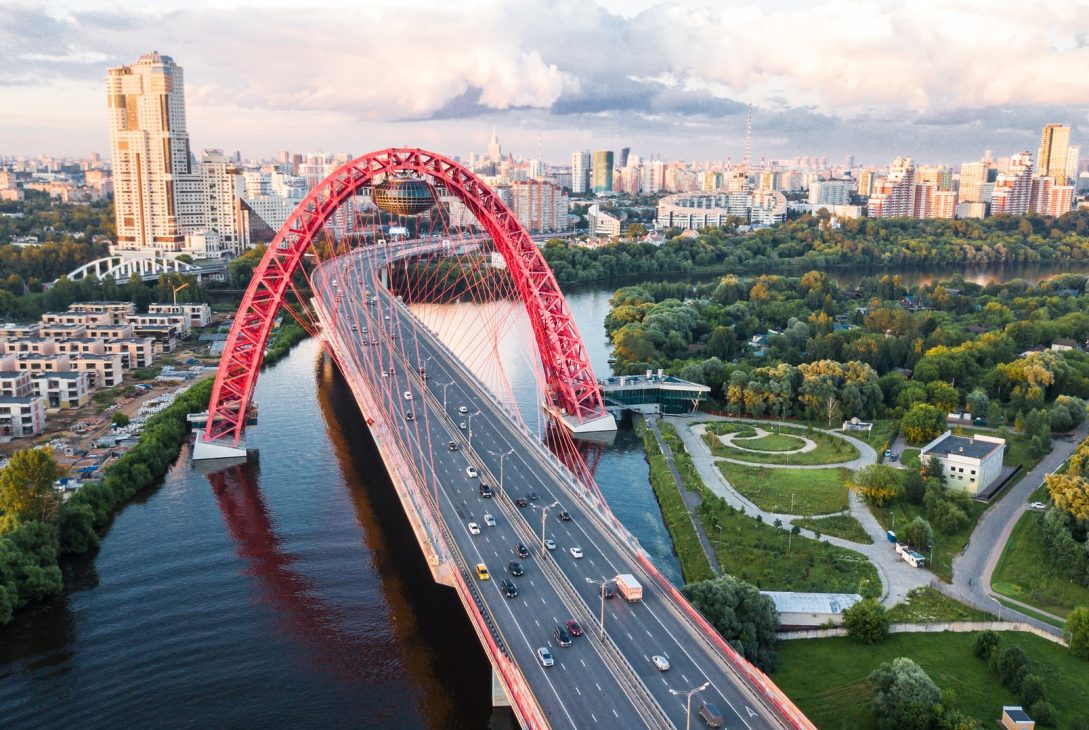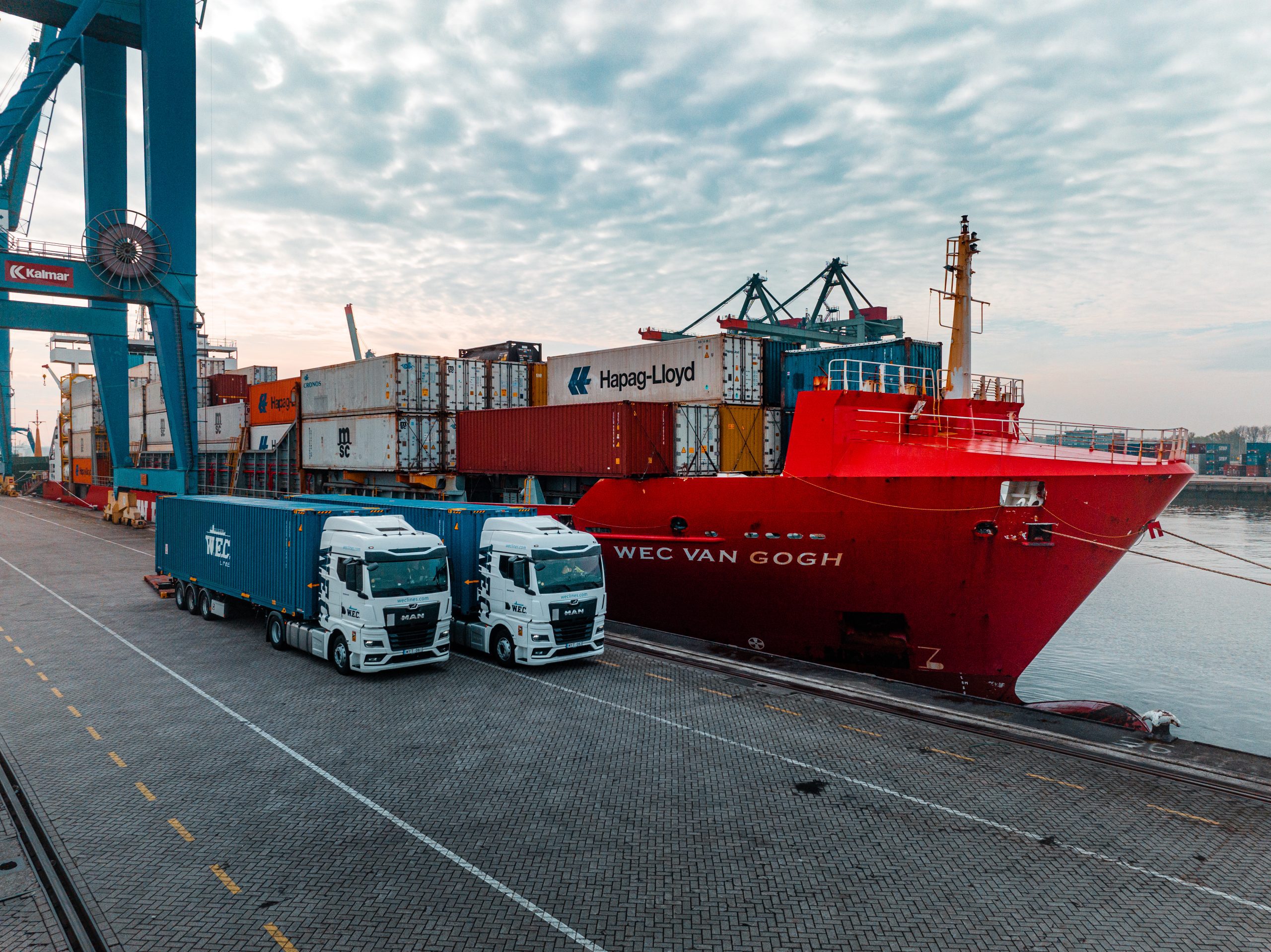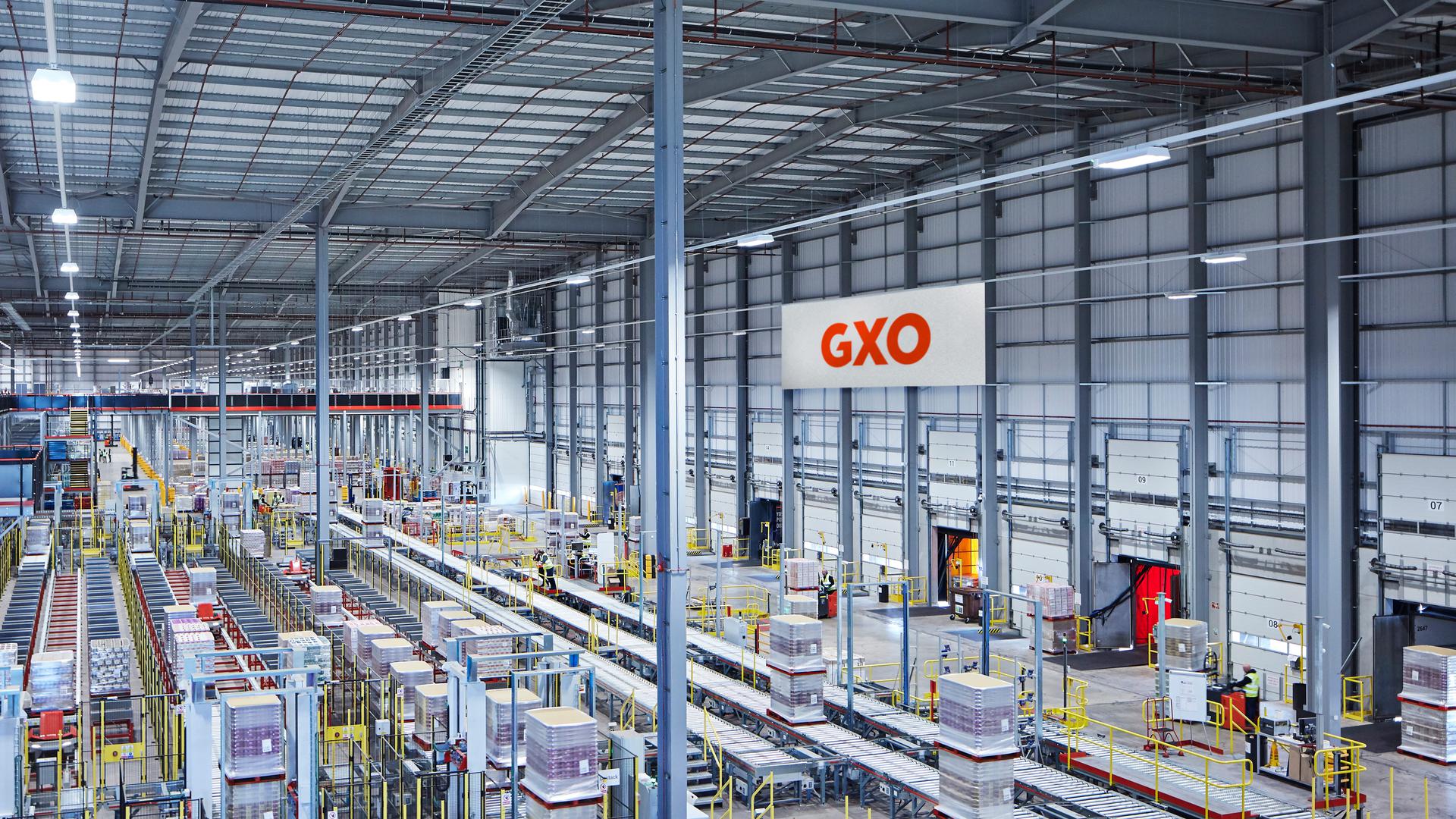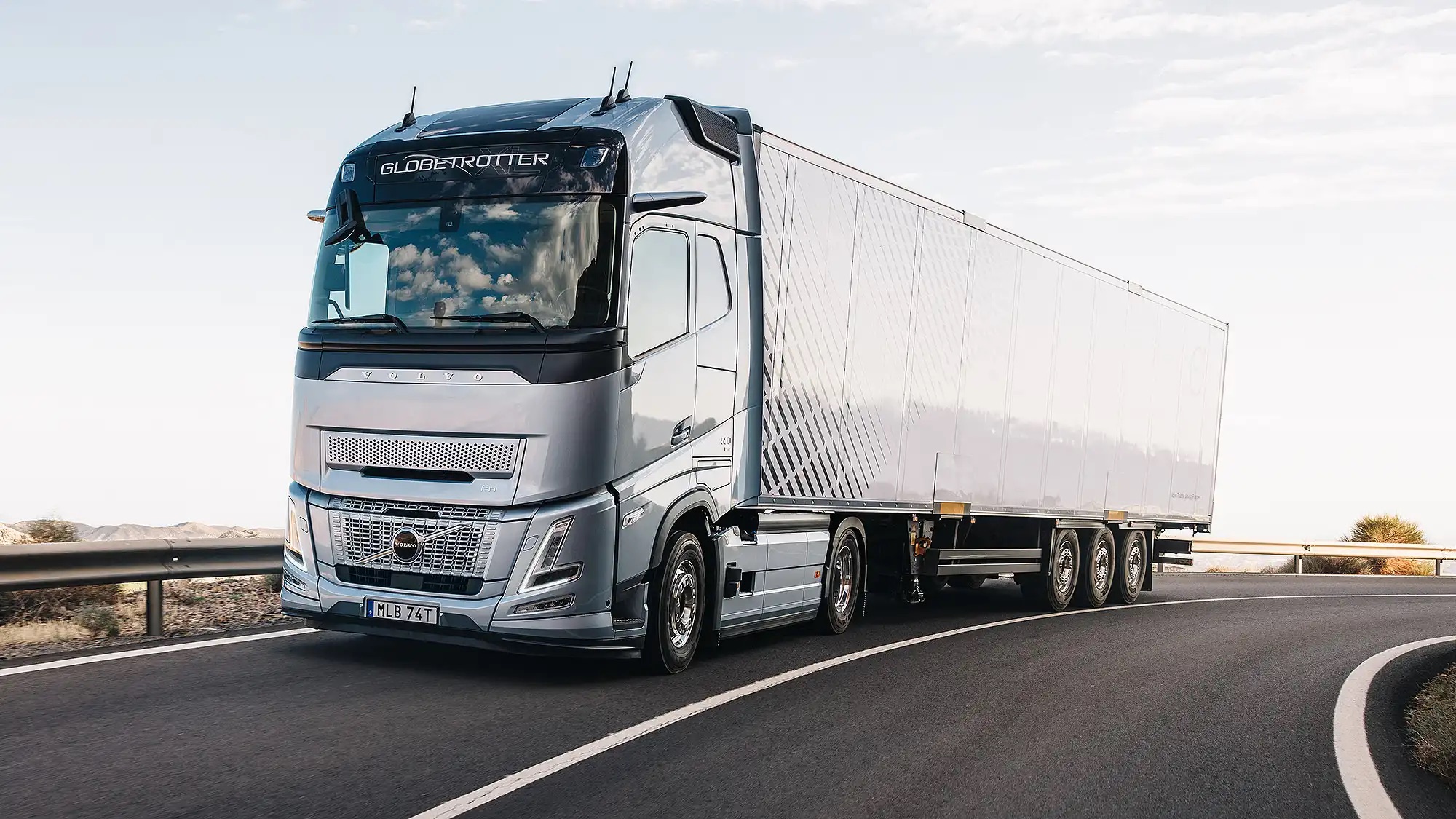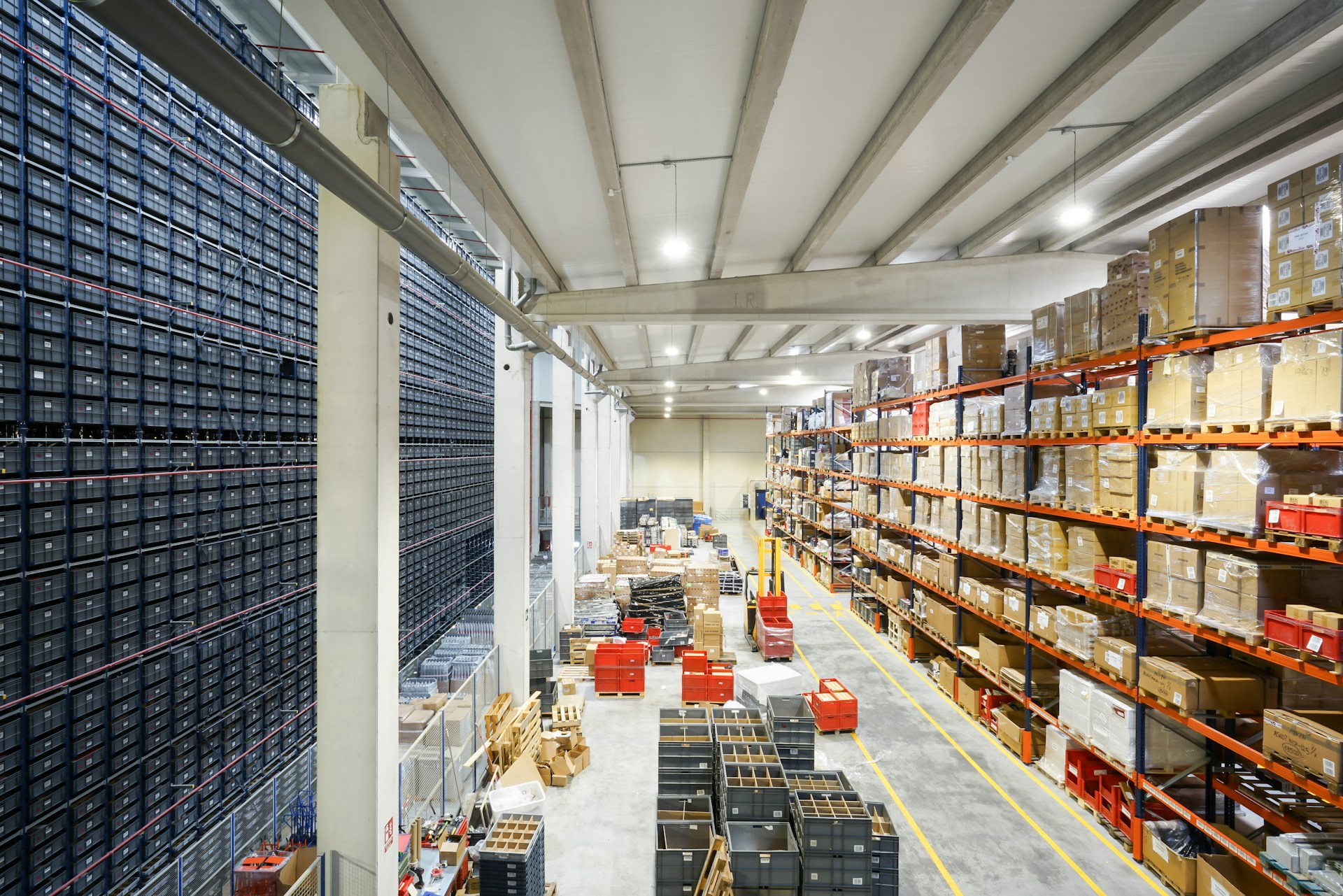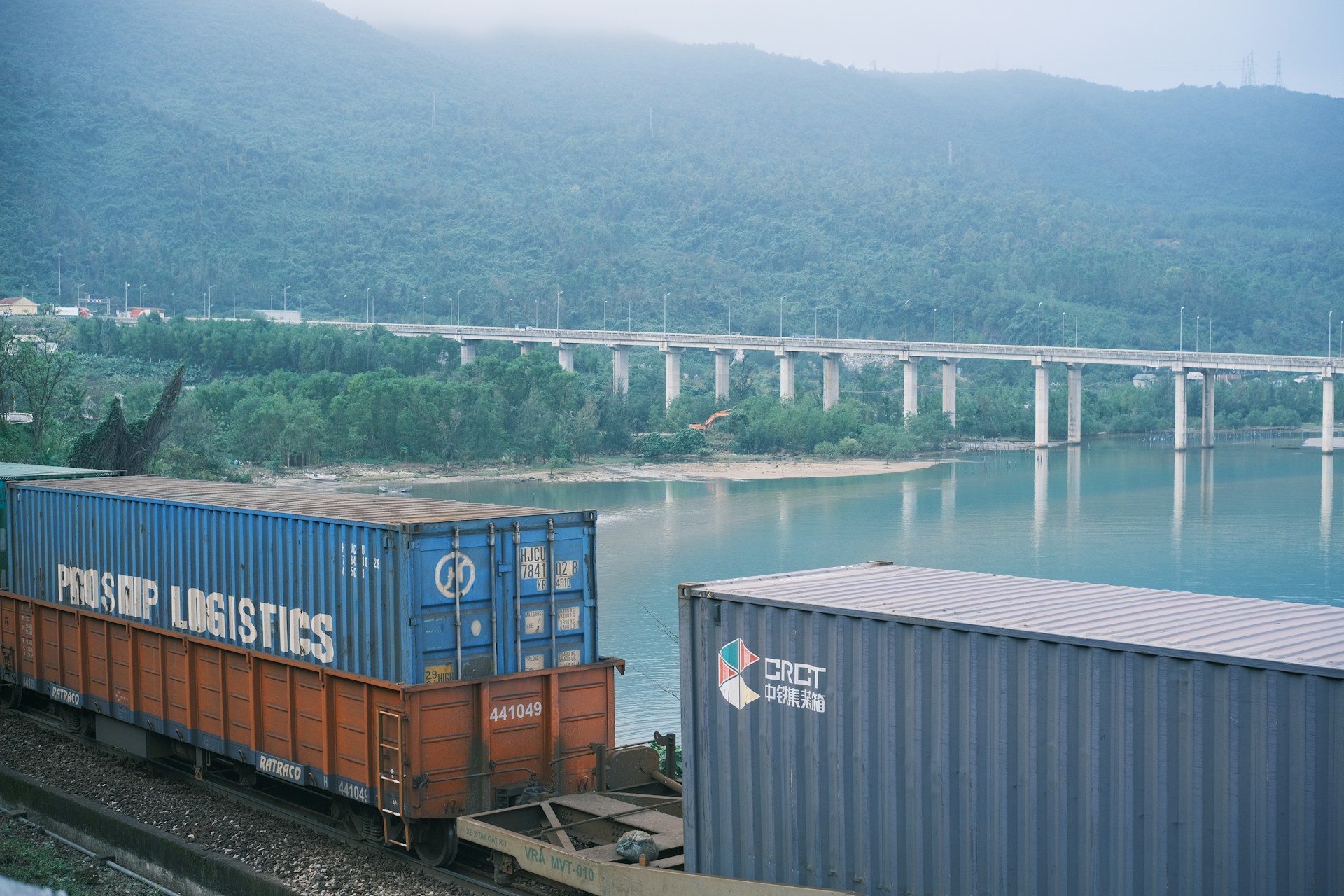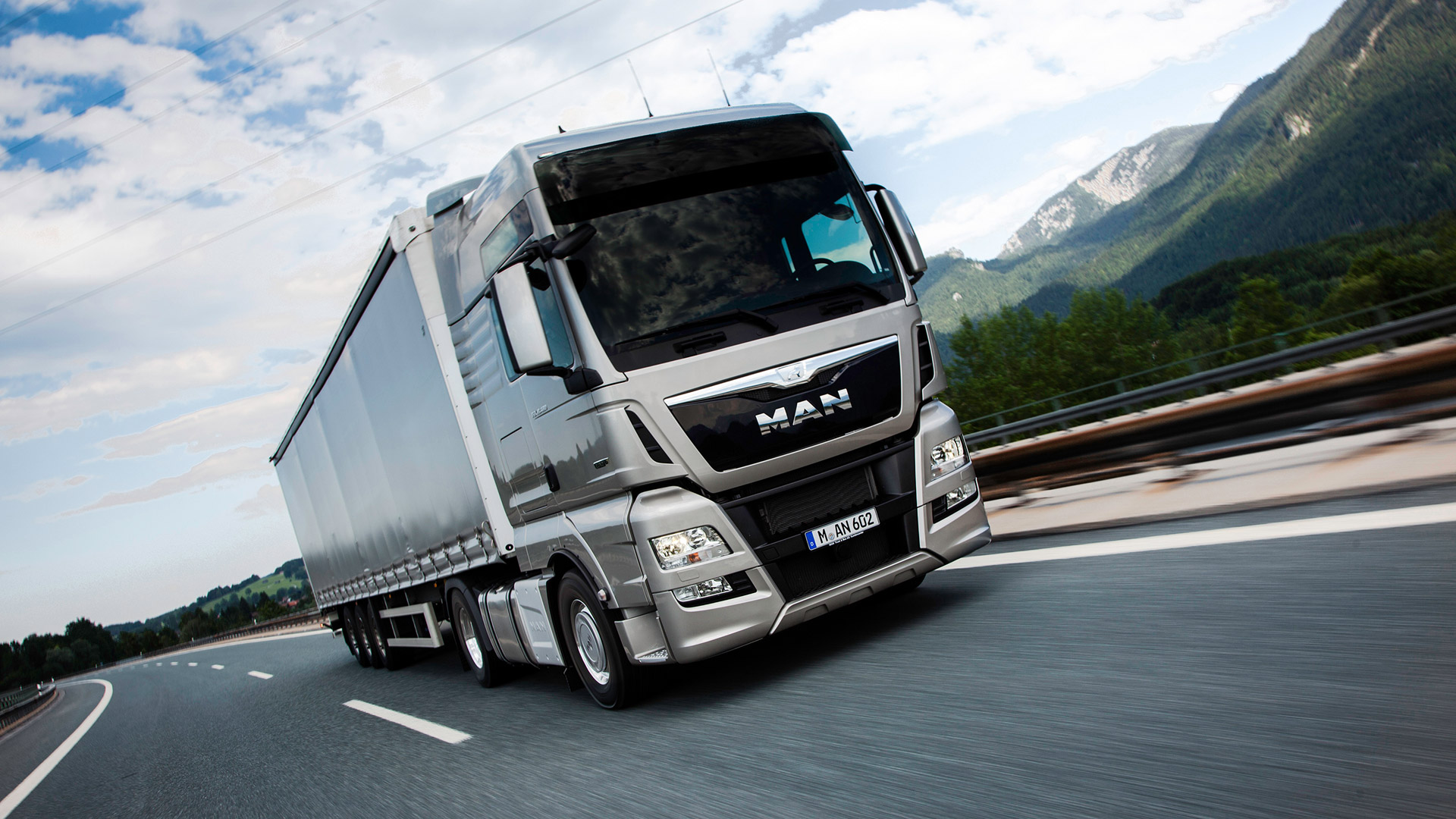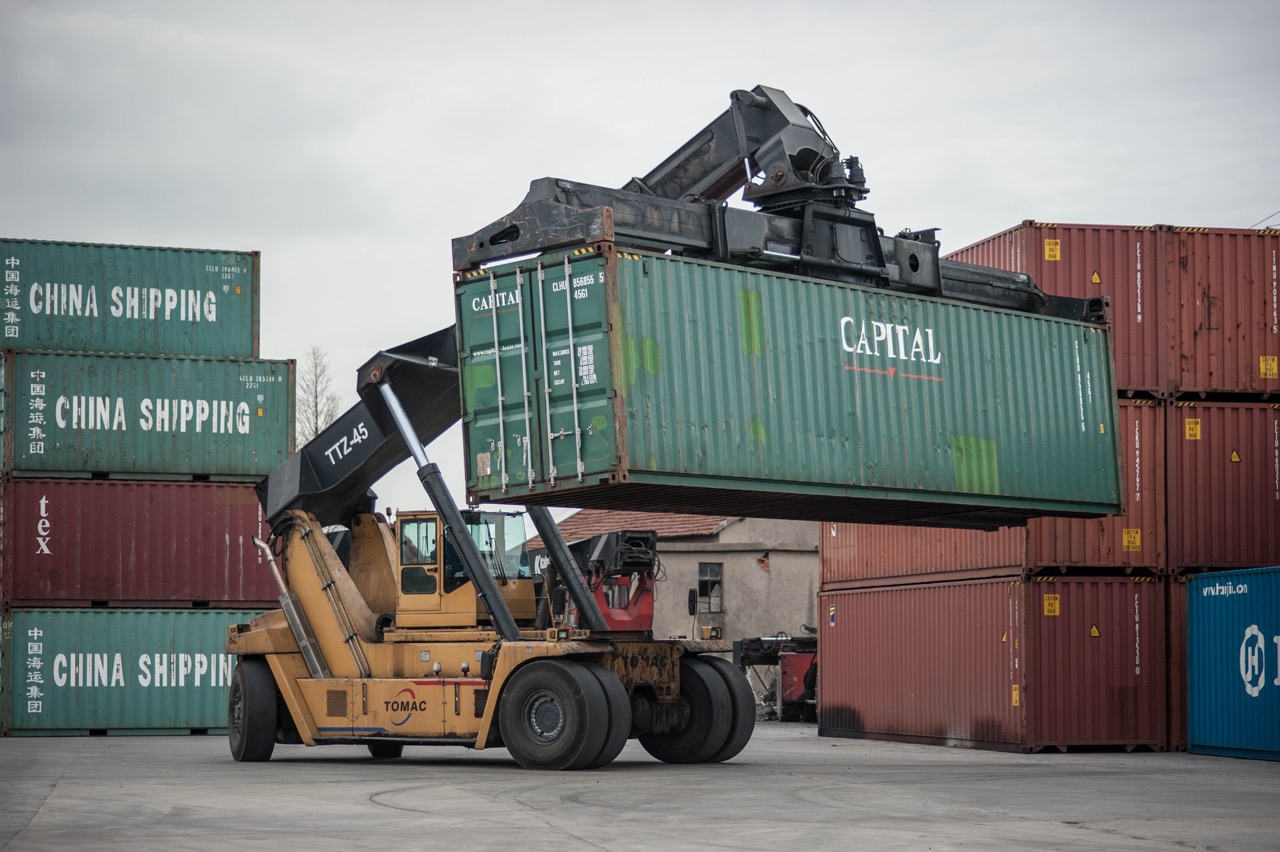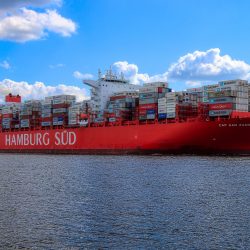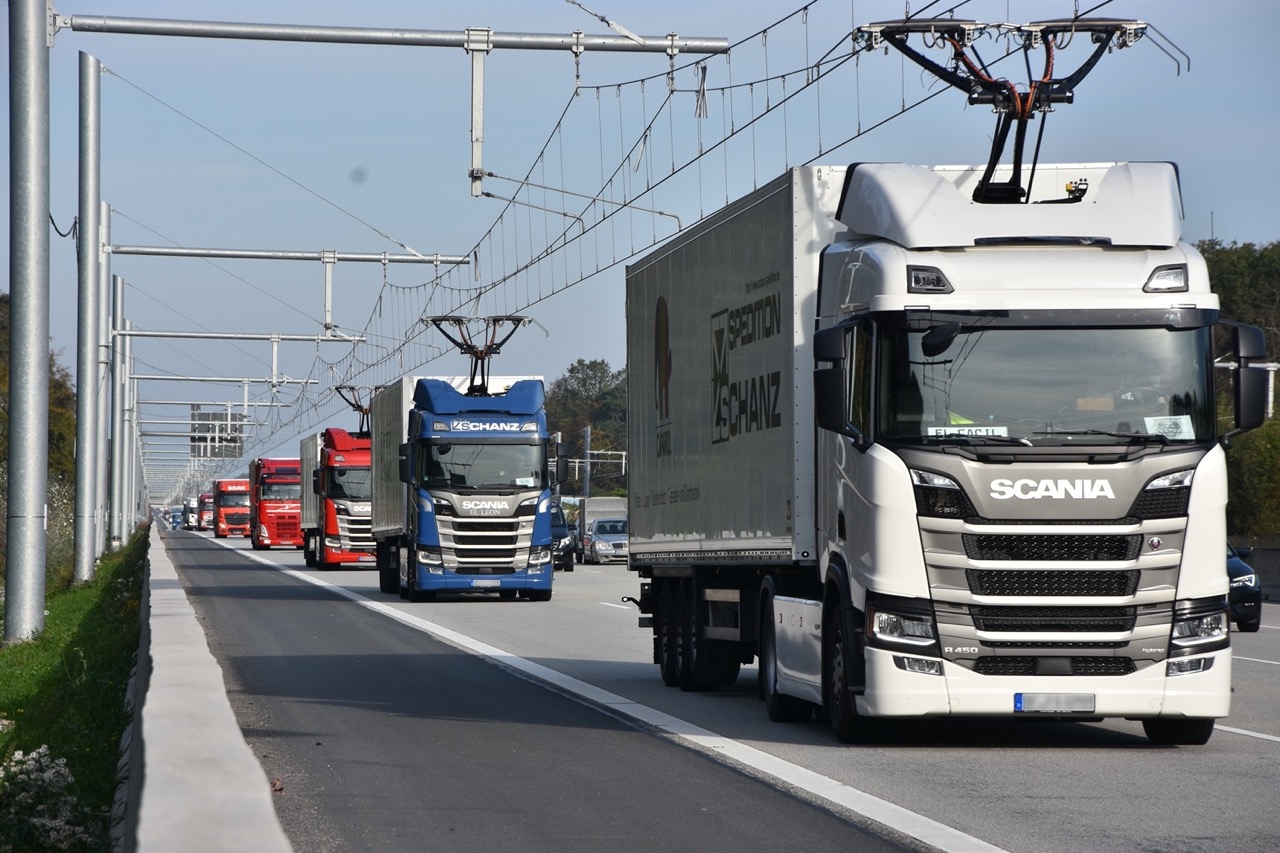Transport logistics market in Russia: solutions to improve the situation
After the pandemic, the transport logistics market in Russia has changed significantly, both positively and negatively. Its participants encountered problems that they had not previously encountered, and had to look for new ways to solve urgent problems. Now the segment is gradually recovering and trying to adapt to the realities, but not everyone is succeeding.
In Q1 2020, the volume of the commercial transportation market declined by 230 billion rubles. A total of 5 billion tons of cargo were transported during this period, which is 5.9% less than it was in 2019. However, a number of participants were able to strengthen their positions, and the main role in this was played by digitalization.
Assessing the development of the market during and after the pandemic, experts note the success of those companies that were not focused only on logistics services, such as Yandex. Delivery. The fact is that such players build their business on a monopolization strategy, they actively develop a brand, while displacing highly specialized companies.
A positive solution to minimize the damage has been the active implementation of digital services. For example, the B2C transportation sector during the crisis saw an increase in the number of orders, while competition increased significantly, as did the B2B segment. Such processes contributed to the emergence of new solutions and standards, which required additional resources.
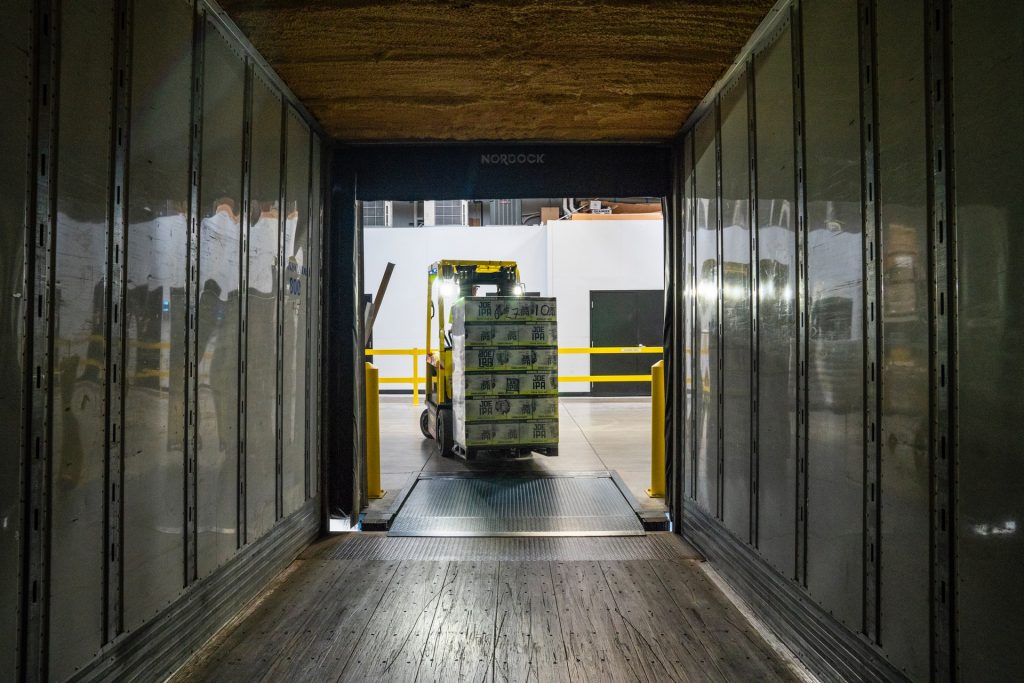
In addition, consumer demands have become more complex and demand a prompt response, which IT innovations have helped provide. For example, the company “Business Lines” automated more than 60% of its operations, including control of cargo movement, its safety and speed of delivery.
The logistics market faced another problem – price dumping. Many players went to reduce the cost of their services. Most often, this step was taken by those who did not pay enough attention to digitalization. As a result, the segment is developing unevenly, and competition is intensifying.
The first step toward automation was RFID tags. They are a beacon that is attached to the cargo and broadcasts data on movement, product condition, location, and the presence of mechanical damage. The use of RFID can save about 40% on transportation and reduce labor costs by about half.
This variant of monitoring allows holding the position on the market, as well as improving the service, especially when using courier services in the absence of its own logistics service.
It should be understood that RFID tags will not solve complex problems without optimization of internal processes, but they will be the first step for the digitalization of business and transition to a new level of doing business.

